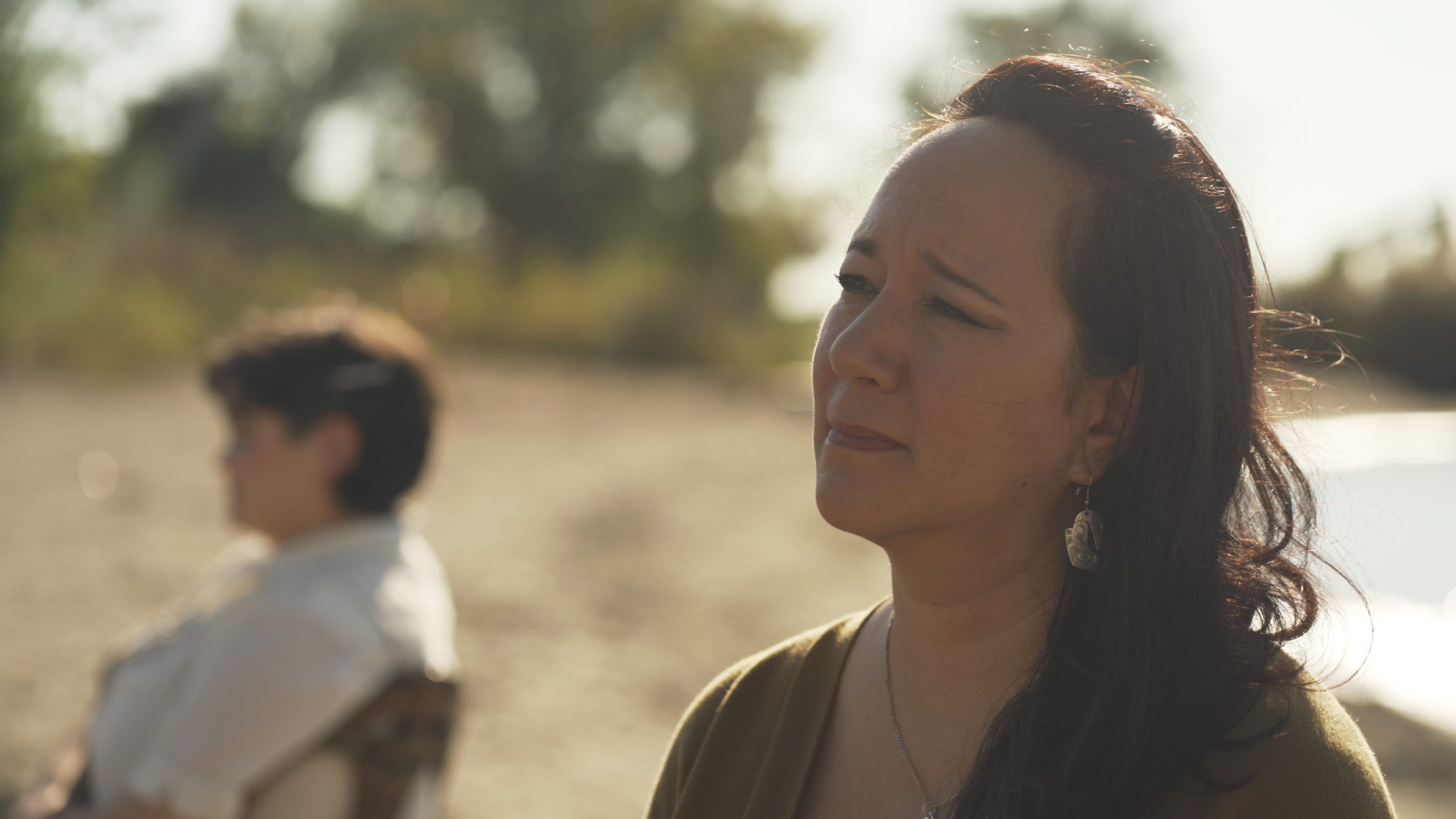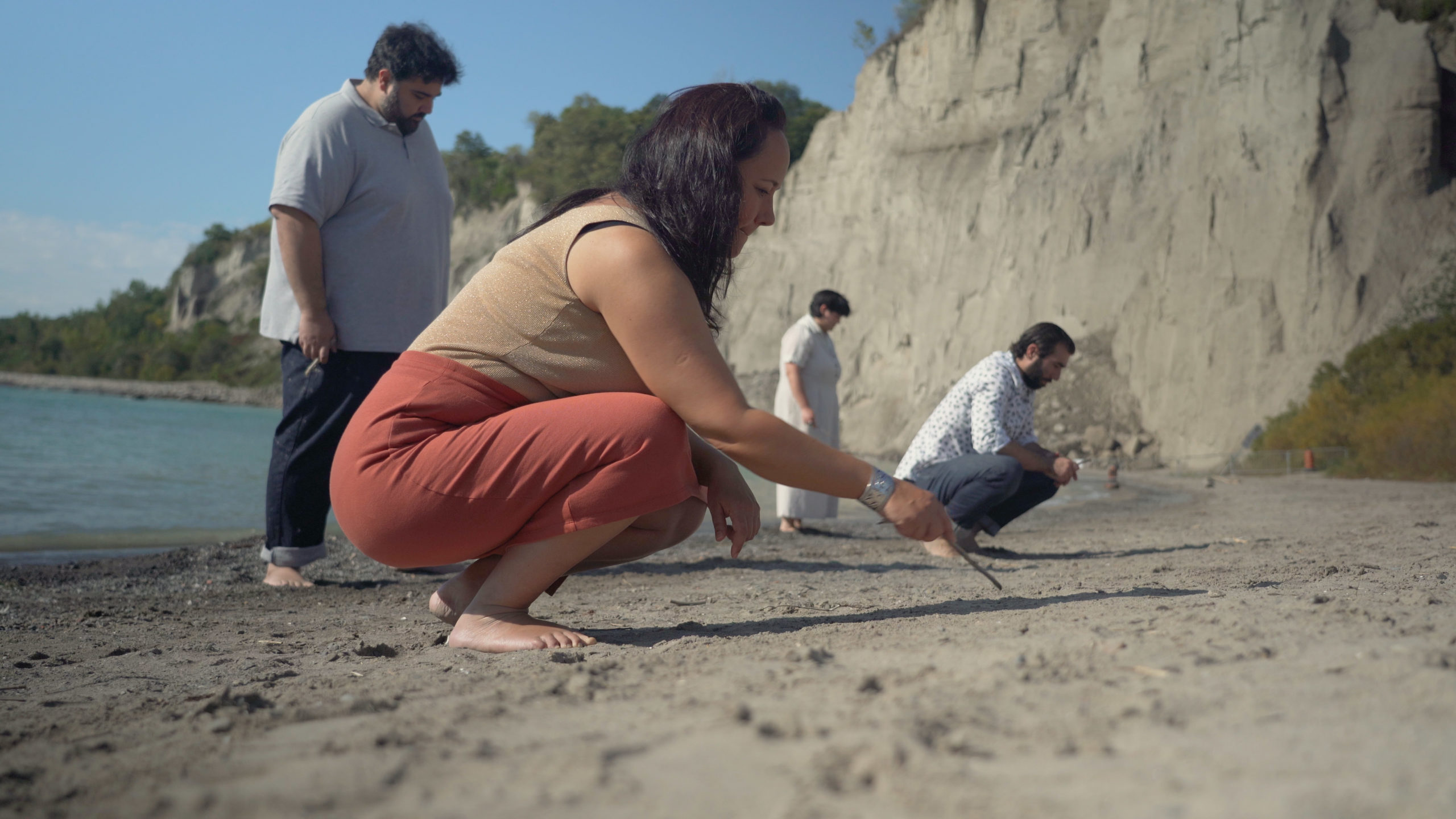
The strength we gain from each other in hard times is highlighted for me in this work.
As an individual, I couldn’t perform Requiem, but with the incredible team behind the scenes and onstage, all working toward a common goal— we can make it happen as a community. I sometimes think the community aspect of having many talents and minds coming together to make something big has been forgotten.
We need each other in a project like Requiem. After spending so much time apart during this pandemic, being reminded of the beauty and necessity of being together… I hope that appreciation for each other lasts long beyond this time.
When COVID hit, I was in Regina performing I Call Myself Princess—an inspiring opera about a Creek/Cherokee mezzo-soprano named Tsianina Redfeather, who was an opera singer in the early 1900s.
Usually, she would have been working as a servant in a household or living on a reserve, but a benefactress heard Tsianina’s voice and made sure that she learned to play piano and receive music training— similar to the education I’ve had.
We performed four or five shows, and then everything shut down—I flew from Regina back to Toronto, and then we all went into lockdown. Before the lockdown, I had also just started working as a Co-Founder with an organization called Amplified Opera.
While all of my other projects were postponed, the group at Amplified kept meeting on zoom once and then twice a week.
To have a body of artists that I was connecting with weekly was just so helpful—a group of BIPOC artists co-leading in opera, trying to figure out how to move forward on the issues that mattered.
That experience of working with this group helped me find my voice, make new connections, and understand what artists need— and what artists of colour need. Soon we were being invited to speak at virtual events and talks and to teach.
At the same time, a global pandemic was happening—I felt like crying every couple of days and usually indulged myself. It was a weird grieving process for what was happening in the world.

Soloists in Requiem. photo by Taylor Long
Requiem is a chance to reconnect with my colleagues and the immense talents they bring onstage, as well as with the audience.
This audience may not be in the theatre with us quite yet, but that means that those who wouldn’t be able to make the trip to Toronto can see it anyway from the comfort of their own homes. Those connections are what makes this work have meaning.
The way Requiem begins— just strings at first, then bassoon, and then more and more instruments joining in until eventually, the chorus starts to sing… it feels like the performers are individually entering the piece when they are ready. Like they want to be a part of the circle, sharing the glorious feeling of making music together.
This entire piece is such a journey of colours and drama. It tells a story so clearly that it sets my imagination on fire.
Learn more about Marion here.
